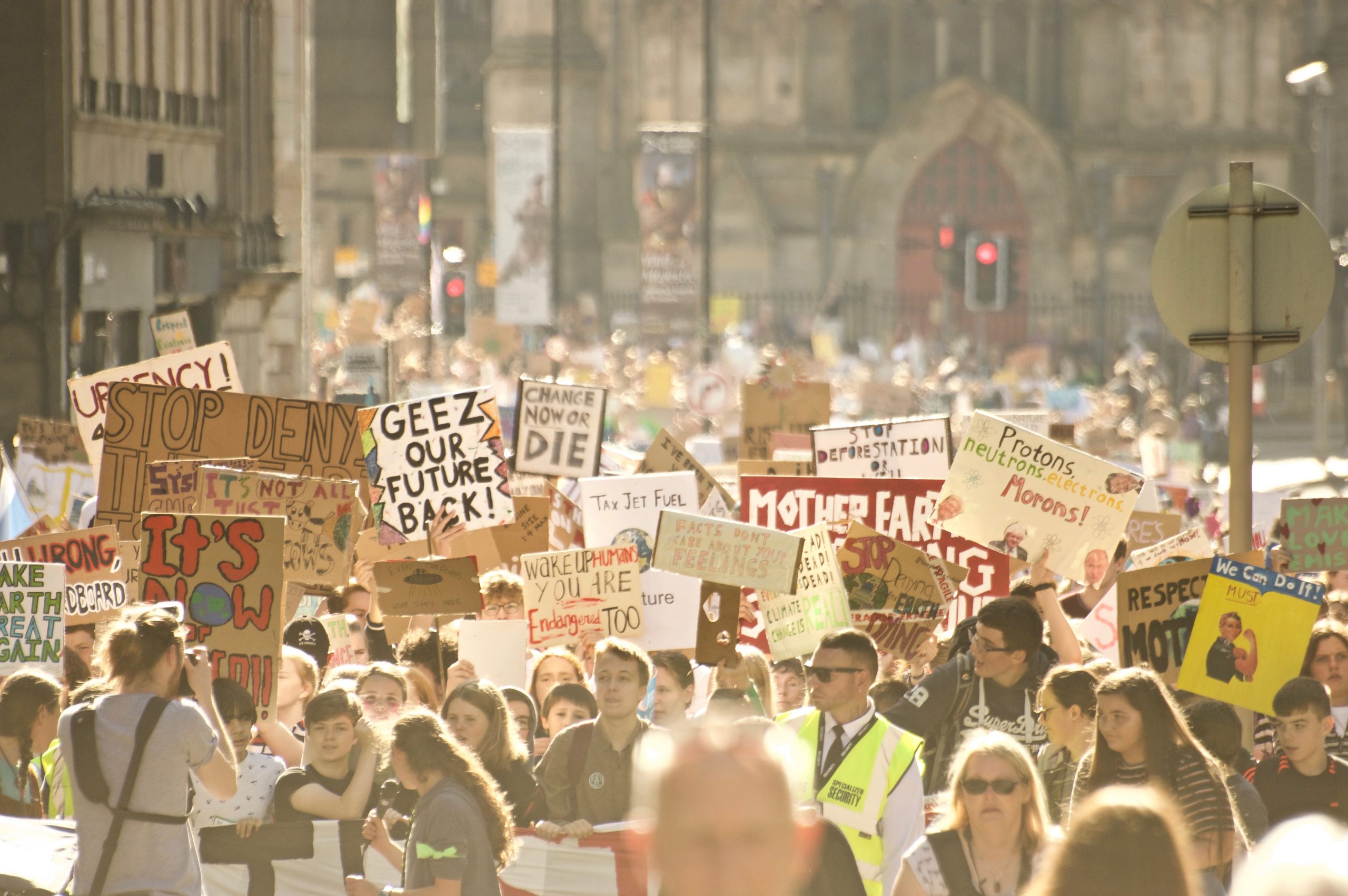
How much is 100%?
In the last week we’ve seen the Scottish Government raise its target for renewable energy generation to 80% of total Scottish consumption by 2020, and subsequently the First Minister claim that this level would be exceeded, and 100% or more achieved by 2025.
It’s certainly plausible. With just a moderate increase in build rates, but a big fall in planning permission rates, renewable generation can be expected to grow to 49TWh by 2020 and 62TWh in 2025. That compares with current total annual demand of 41TWh. No wonder Alex Salmond is prepared to stick his neck out on this.
If anything, he’s still being too cautious. Even allowing for some growth in demand, Scottish consumption is unlikely to exceed 45TWh by 2025, and with European targets to cut energy use by 20% by 2020, efficiency standards are set to improve significantly, thus cutting overall demand.
The real challenge for Scotland is not to meet 100% of Scottish demand with renewables: but to deliver 100% of Scottish electricity generation with renewables, and move on swiftly to achieve very high levels of renewable energy supply, meeting our needs for heat and transport energy from renewable sources too.
To get to that holy grail of 100% renewable energy will be more challenging – but can be made simpler by making energy saving and efficiency the top priority. The better insulated our buildings the less renewable heat we need to make up that 100%. The fewer miles we drive or fly, the less renewable fuel we need to run those vehicles. And the less renewable electricity we need to power our household and business appliances, the more of it we could spare to run heat pumps, or to charge up batteries in electric vehicles. There’s a virtuous circle between cutting energy demand and increasing renewable supply.
As we move towards 100% renewable electricity generation there will be some tough choices to make (and some easy ones). Because renewables don’t generate most power when we want it, but when the winds and waves are strongest, we need better ways of storing and transmitting electricity around Europe, effectively moving it from times and places of surplus to times and places of shortage.
Scotland will need to build more transmission power lines, although at least some of them may be undersea, and thus less controversial than Beauly-Denny. We will also need more pumped storage reservoirs, and smart meters in every home able to regulate our use of power to better match supply, for instance by turning down freezers when power is scarce, or
charging batteries when it is plentiful.
The conventional approach to matching supply and demand is to have conventional power stations that can be powered up and down when we need them. Sadly, the cheaper such power stations are to run, the more polluting they tend to be. So if they can’t be affordably fitted with carbon capture technology, we will have to let them close. But the Scottish Government is so far from biting that bullet that they have included new conventional power stations as national priorities in the National Planning Framework. That’s one of the reasons we are having to fight so hard to prevent a new coal-fired power station at Hunterston.
Ironically, it will be an easier decision to close our nuclear power stations, because, despite them being low carbon as well as generators of unmanageable persistent radioactive wastes, they are incredibly inflexible in output. They are of so little use in backing up variable renewable power that south of the border there is a big stooshie over which of nuclear and renewables will pay for the costs of future grid-balancing investment!
Salmond’s promise of 100% renewables by 2025, as a share of consumption might really mean as little as 50-60% of electricity generated in Scotland. It’s time to start pursuing the end goal of a fully renewable system which can eliminate any dependence on coal, gas or oil in Scotland’s green future.
